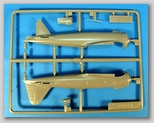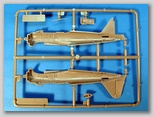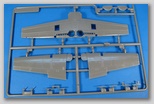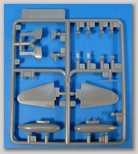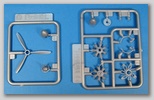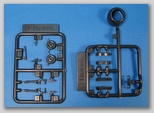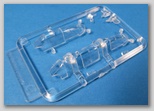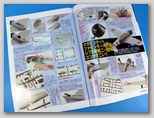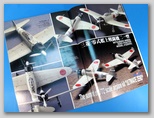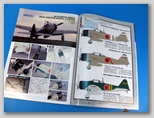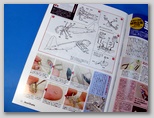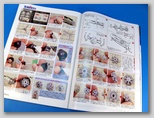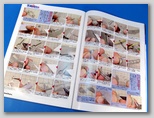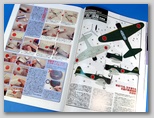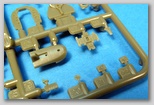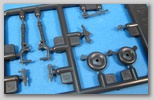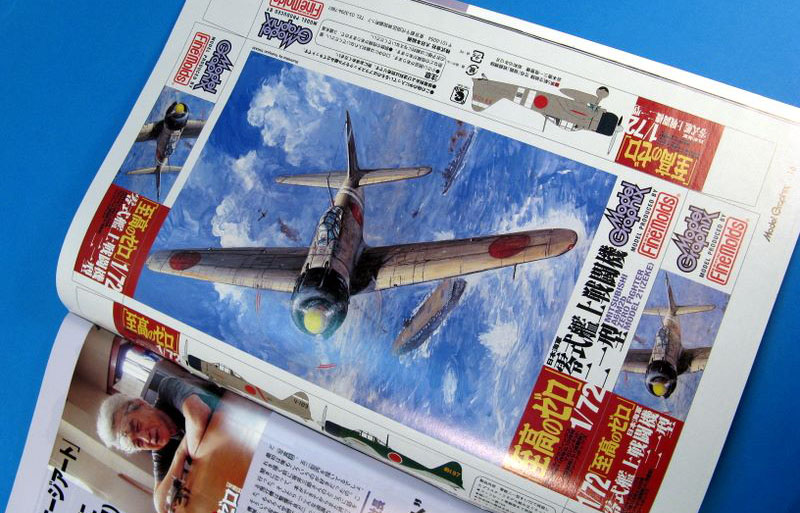| Fine Molds /
Model Graphix Mitsubishi A6M2 Zero Type 21 |
| Summary | |
| Description:
|
-
High quality injected model |
| Scale:
|
- 1/72 |
| Price:
|
- approx. 27.00 USD for both
volumes (2 volumes are necessary to complete the kit) |
| Contents
& Media: |
-
116 plastic parts - decals - 2 volumes of Model Graphix magazine |
| Advantages: |
-
Excellent molding, with recessed panel lines and raised details where
appropriate - Super detailed cockpit - Deep and detailed wheel wells - Options include: three parts (open) or single one (closed) canopy; engine cowling flaps open or closed; wing tips can be assembled folded; two types of spinner. - Step by step assembly shown in the accompanying magazines - In this reviewer opinion's, this is currently the best Zero in 1/72 scale |
| Disadvantages | -
Just one, if I may: You have to photocopy the box (from one of the
magazines) in cardboard paper and assembly your own box, if you wish...
(sorry, couldn't resist). |
| Recommendation: |
-
Highly recommended |

Have you seen the box art above before? Do you know this kit? If not,
no offense but that's probably because you are not a big fan of the
Mitsubishi Zero (that's ok, I'm not, neither). Or, that is because this
box art is buried inside a volume of Model Graphix magazine - and
apparently it will not hit the shelves. This is the new 1/72 A6M2 Zero
released back in 2007 by a joint venture between Fine Molds and Model
Graphix (well, Modelkasten Publ. Co., actually). They swore that this
kit would not be released again, but it was, and I didn't let the
chance to pass.
Anyway, currently the only way to put your hands on this kit
is by buying both Model Graphix (november and december, 2007 issues),
since each volume brings half of the sprues.
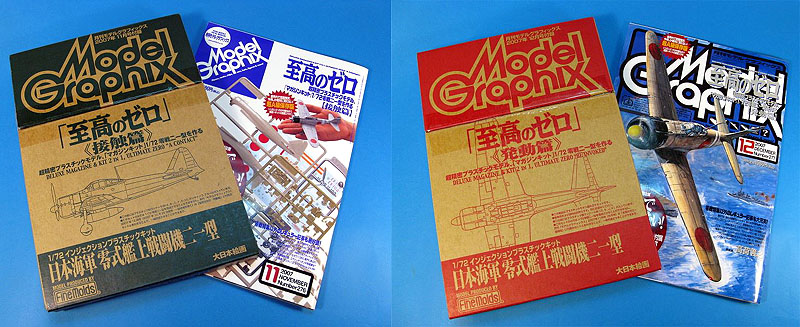
The sprues themselves come in a very strong cardbox, while
the assembly instructions are printed inside the magazines.
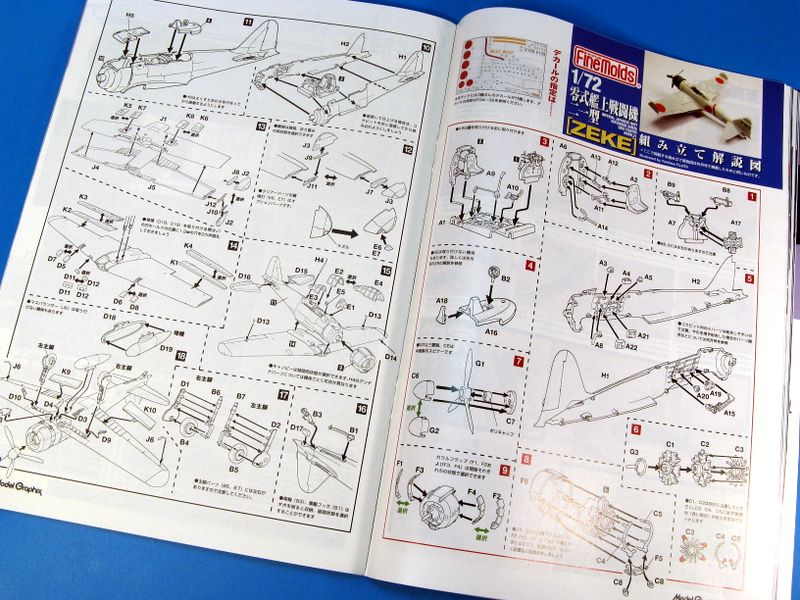
In fact, both magazines are very instructional, because
besides the assembly sequence, they are filled with several samples of
this model built by Japanese modelers, articles about the Zero, and
step by step sequences fully illustrating (with photos) each phase of
the assembly, painting and finishing. An interesting part presents the
machining company which tooled the molds. Text is in Japanese, though.
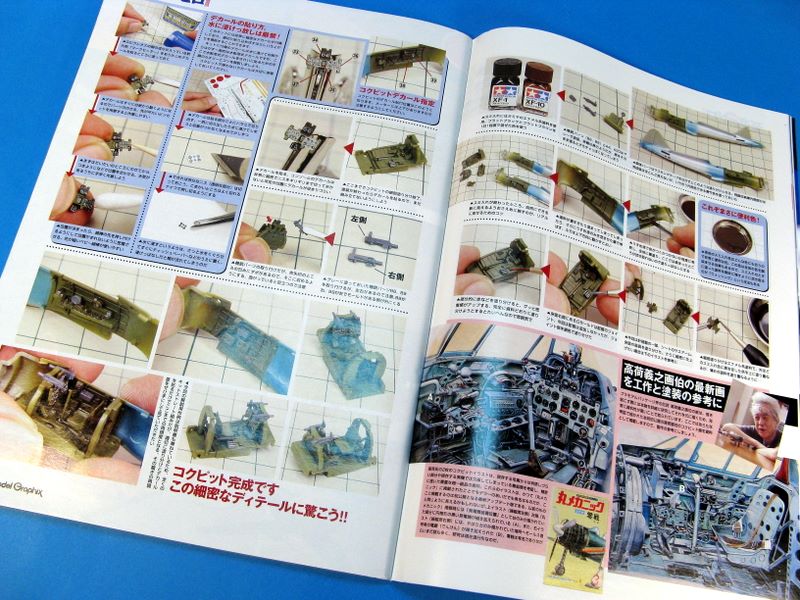
Onto the kit. The complete kit contains 10 sprues in olive,
black, silver and clear styrene, bagged in groups, with the clear parts
bagged separately. There are 116 parts, including a couple of
poly-caps, and a decal sheet.
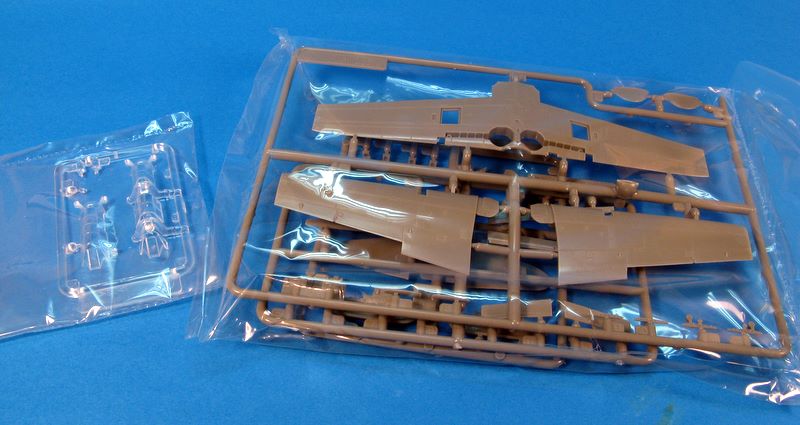
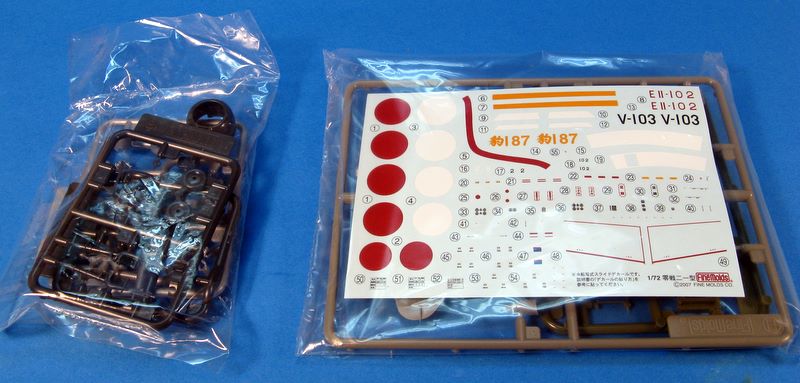
Being a modern Fine Molds
product, you expect a high level of molding quality, and you will not
be disappointed. The panel lines are finely engraved, with raised
details wherever appropriate. There is no flash at all to deal with,
and cleaning will be restrained to sanding a seam line here and there.
This particular model of the Zero has faithfully reproduced wheel
wells, almost deep enough to assemble the landing gear retracted with
all parts inside the wells (an old complain of Hasegawa Zeros). The
underwing gun access panels are separated, but no detail is provided.
The wing tips can be assembled folded, with the internal details
provided as inserts to be glued inside the wings.
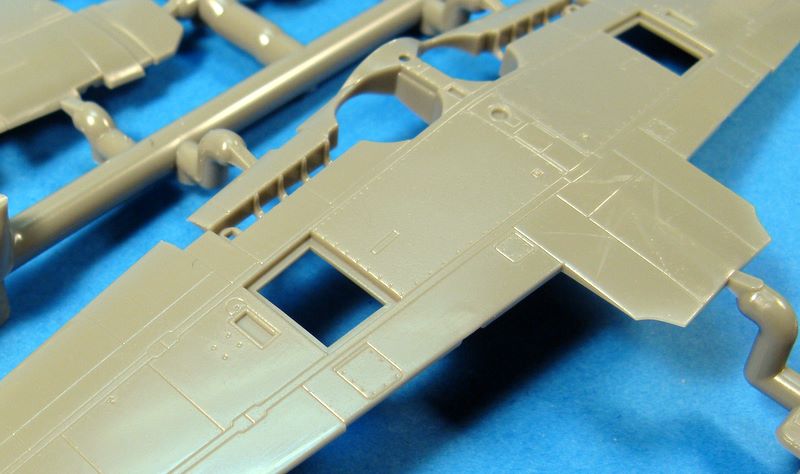
The ailerons and flaps are
separated, with the inner of the flap molded on the upper wing halves.
Interestingly, the ailerons have the correct airfoil, something rare in
this scale. The roof of the landing gear wells is also molded, and no
PE set will be necessary to spruce this area. All you will have to add
are inner landing gear doors retraction arms.
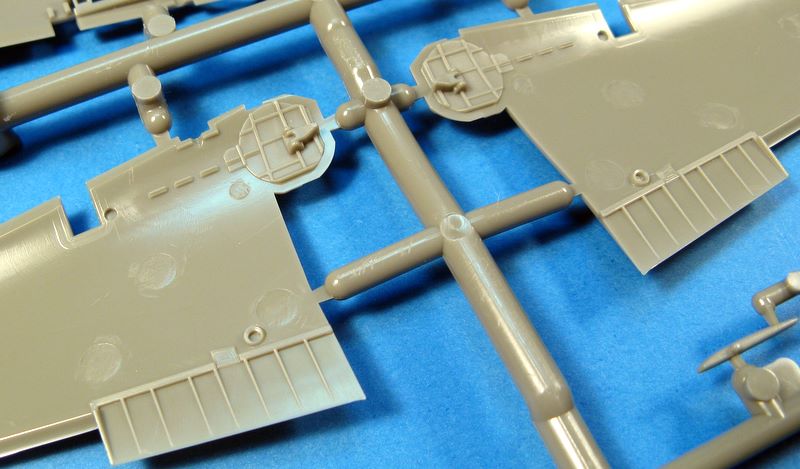
Moving to the fuselage, the
cockpit walls are finely molded on the inside and, important to
mention, no sink marks are visible on the outside. The cockpit is
superb, containing every detail of the Zero's larger scales cousins,
down to separated radios, levers, throttle, and rudder pedals.
Even the fuselage guns are provided. The control panel
has nicely molded dials, and the instruments are provided by decals, as
well as several sidewall gauges. The fuselage bulkheads must be
drilled, but the corresponding holes are deeply recessed making this an
easy job. Even the rivets of the cockpit floor plating are there. No PE
necessary here, neither.
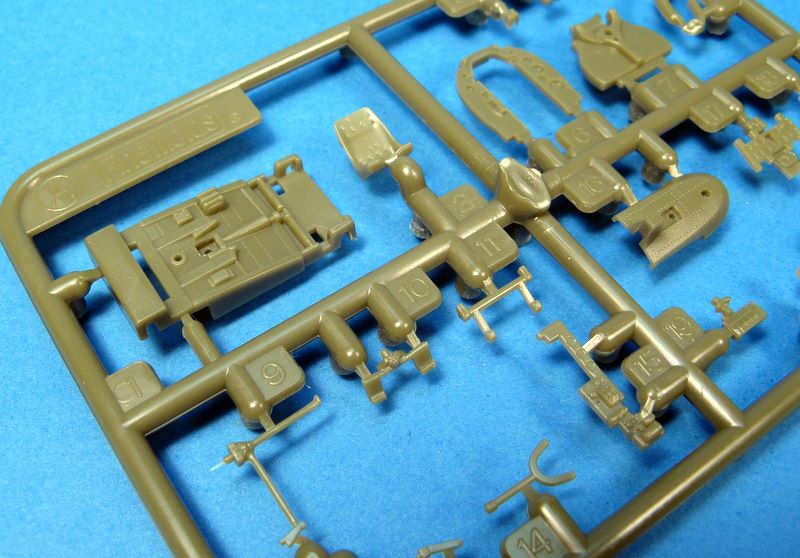
The engine is another highlight
of the kit, bringing each row of cylinders molded in a single part,
plus exhaust pipes and collector rings. The crankcase is beautifully
molded, the propeler is correct in diameter and shape, and you have two
types of spinner to choose from, depending on the version you want to
depict. Another option are the cowling flaps, molded in both closed and
open position.
The landing gear parts are very
detailed, with the oleos represented in the correct height. Even the
torque link bolts are molded, and the wheels have the openings for the
tire valves!
Clear parts are free of
distortion and very thin. The canopy can be assembled as either a
one-piece (closed) or a three-piece set (open). Considering the detail
level of the cockpit, it will be a shame to hide everything there
inside with a closed canopy. The clear sprue also brings wingtip lights
and a gunsight.
As for the decal options, you
have three choices: Saburo Sakai's V-103 aircraft,
Tetsuzo Iwamoto's EII-I02
aircraft based on the IJN aircraft carrier Zuikaku, and a green
camouflaged aircraft
from the 263rd Kokutai. They are very thin and well printed, and
contain all necessary stencils.
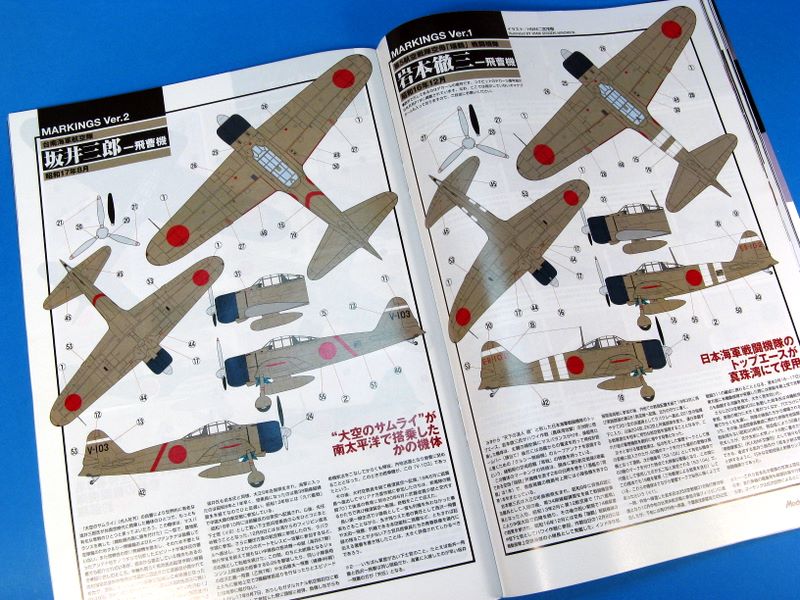
Check out some pics of this excellent and exciting model:
I cannot recommend enough this kit. Tamiya has produced the best Zeros
in 1/32 and 1/48, but as I said before, this one is undoubtly the
winner in 1/72. Now what about a A6M5, Model Graphix?
PS: Thanks to Pál
Biegelbauer, from Hungary, I was informed that Fine Molds
released a A6M3 type 32 Hamp based on this very kit on January/2009.
The kit
comes complete (all pieces) with that issue of Scale Aviation Magazine.
Thanks Pál.
Rato Marczak © 2009

